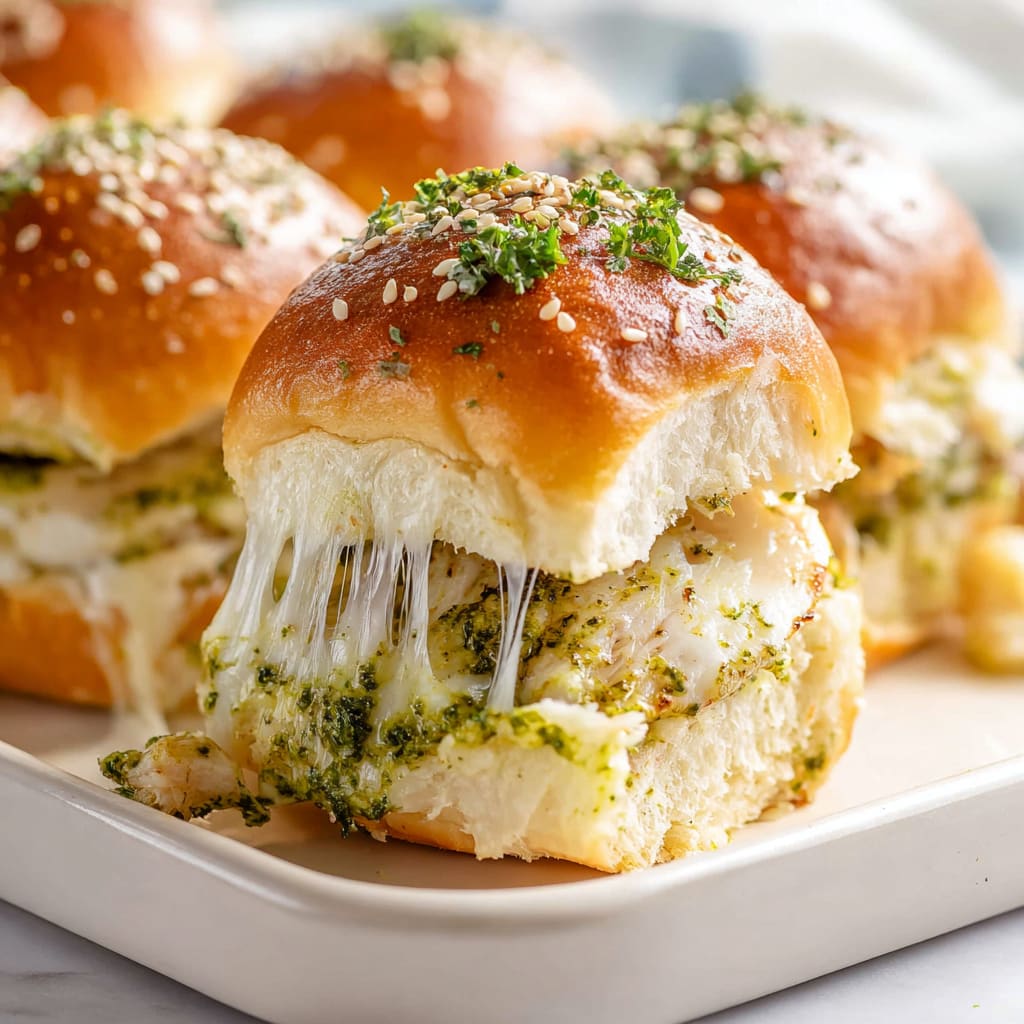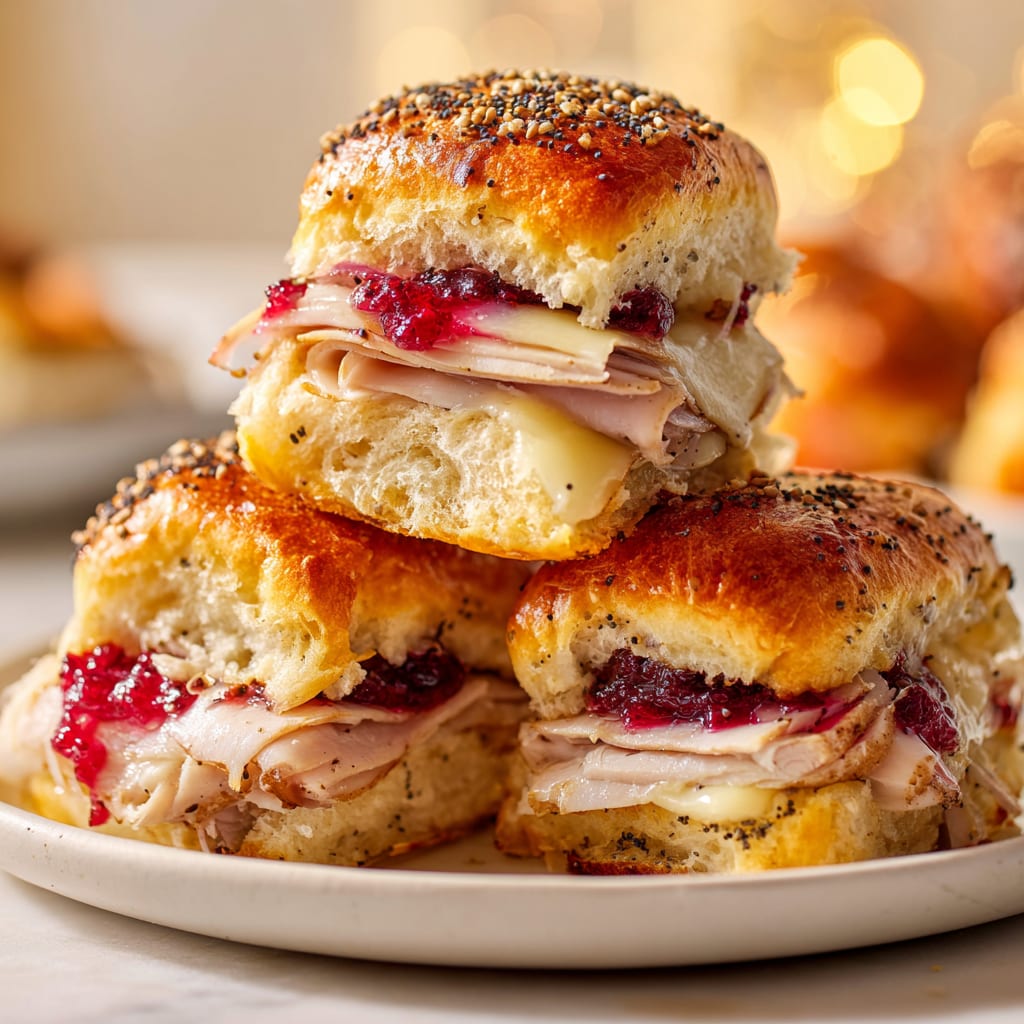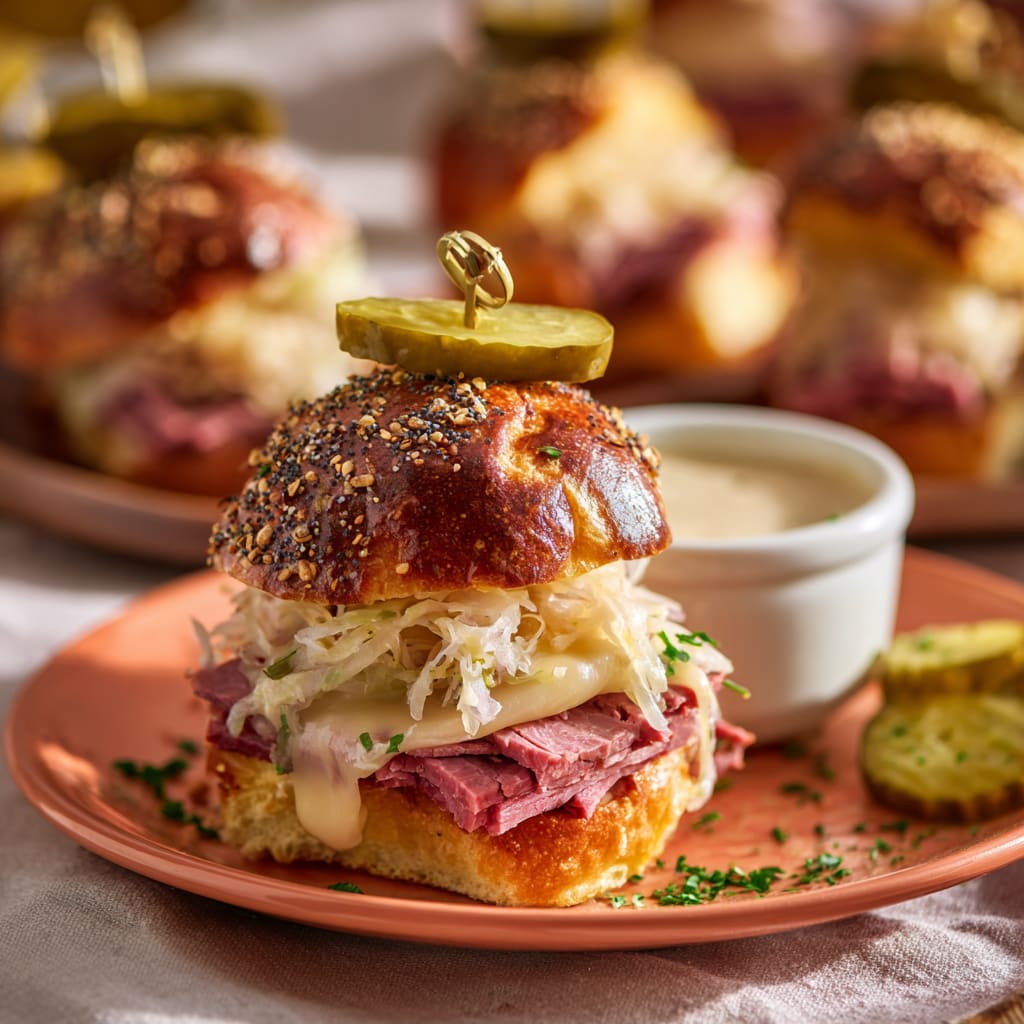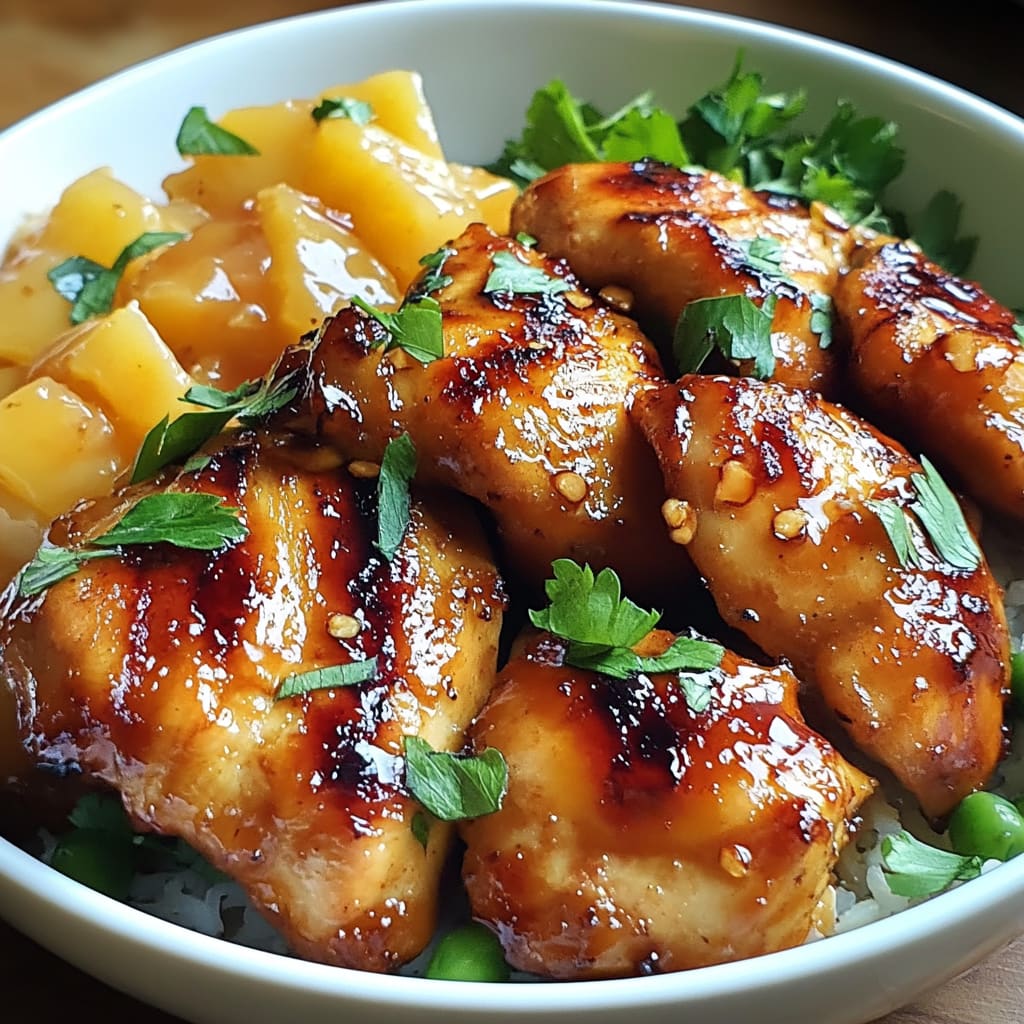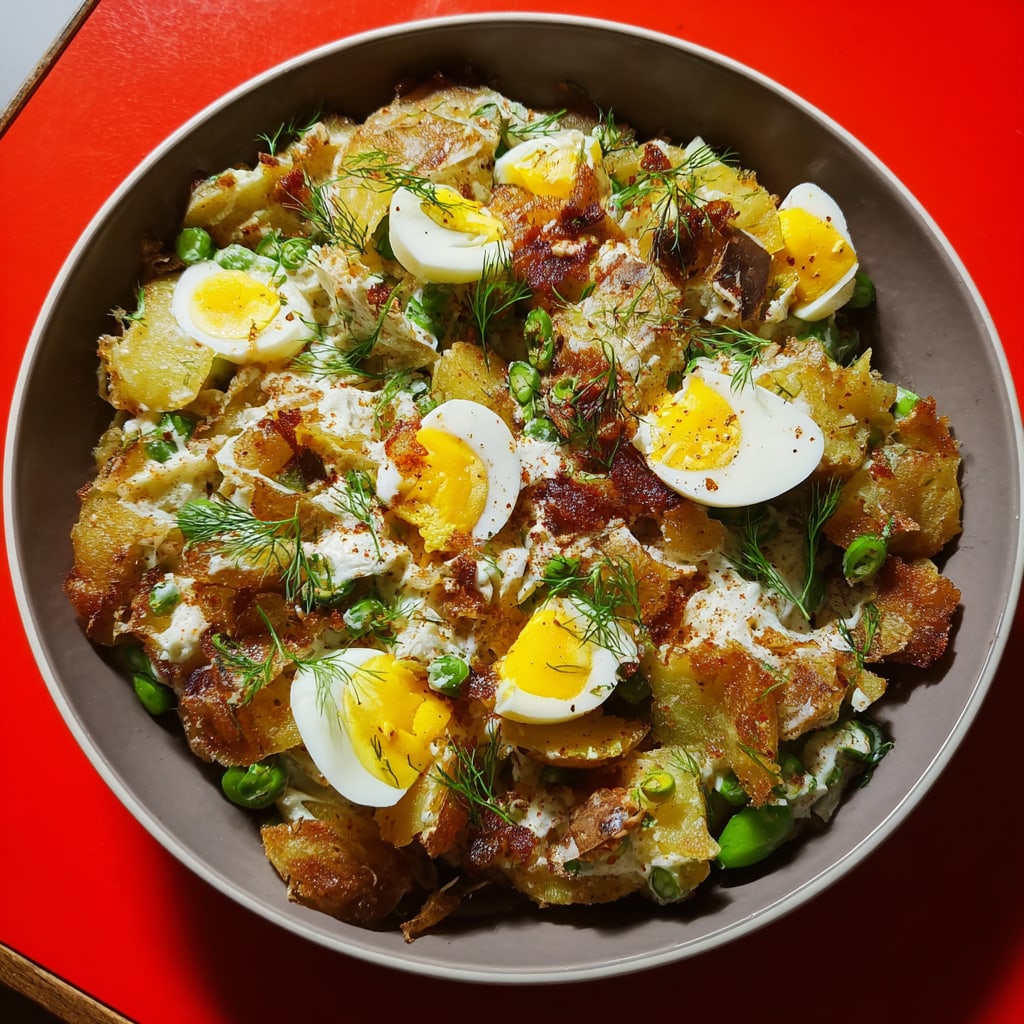The enticing aroma of sweet, tangy, and savory elements coming together in a perfect harmony is what makes Chicken Pad Thai so irresistible. This iconic Thai street food features tender strips of chicken, chewy rice noodles, and crunchy peanuts all coated in a deliciously complex tamarind sauce. As Thailand’s most famous culinary export, Chicken Pad Thai blends the fundamental Thai flavor principles of sweet, sour, salty, and umami into every forkful. You’ll learn how to create this restaurant-quality dish in your own kitchen, balancing authentic flavors while using ingredients you can find at your local grocery store.
Why You’ll Love This Recipe
This Chicken Pad Thai recipe strikes the perfect balance between authentic taste and home-cook accessibility. The combination of textures is what makes this dish truly special – from the slightly chewy rice noodles to the tender chicken pieces, crunchy bean sprouts, and the satisfying crunch of roasted peanuts. Each bite delivers a different sensory experience.
What really sets this Thai noodle dish apart is the harmonious blend of flavors in the sauce. The tamarind provides a tangy sweetness, fish sauce delivers umami depth, and palm sugar rounds everything out with caramel notes that grocery store brown sugar can closely mimic.
This recipe comes together in just 30 minutes, making it perfect for busy weeknights when you’re craving something more exciting than standard takeout. The ingredients might seem numerous, but many are pantry staples that can be used in other Asian recipes, making this Chicken Pad Thai a gateway to exploring more Thai cuisine at home.
Ingredients
For this authentic Chicken Pad Thai (serves 4):
- 8 oz (225g) flat rice noodles
- 1 lb (450g) boneless, skinless chicken breasts, thinly sliced
- 3 tbsp vegetable oil, divided
- 3 cloves garlic, minced
- 2 eggs, lightly beaten
- 1 cup fresh bean sprouts
- 3 green onions, sliced diagonally
- ¼ cup roasted peanuts, chopped
- ¼ cup fresh cilantro, chopped
- Lime wedges for serving
For the sauce:
- 3 tbsp fish sauce
- 3 tbsp brown sugar (or palm sugar if available)
- 2 tbsp tamarind paste (or 3 tbsp lime juice mixed with 1 tsp brown sugar)
- 1 tbsp rice vinegar
- 1-2 tsp sriracha or chili sauce (adjust to taste)
Pro Tips
Use the right noodles: For authentic pad thai noodles, look for “rice stick” noodles that are about ¼-inch wide. Many home cooks mistakenly use thin vermicelli, but these won’t give you the characteristic chewy texture that makes Chicken Pad Thai so satisfying. Soak the noodles in room temperature water until pliable but still firm (about 30 minutes), as they’ll finish cooking in the wok.
Prep before you cook: The secret to perfect Thai stir-fry is having everything ready before you start cooking. The actual cooking process for Chicken Pad Thai happens very quickly – usually less than 5 minutes of actual stir-frying time. Prepare all ingredients and arrange them near your cooking area in the order they’ll be used.
Master the wok timing: Cook ingredients in stages rather than all at once. Begin with aromatics, add proteins until just cooked, then add pre-soaked noodles and sauce. This staged approach ensures each component cooks properly without becoming mushy. The noodles should be added while still slightly undercooked as they’ll continue absorbing sauce in the wok.
Instructions
Step 1: Prepare the noodles
Soak the rice noodles in room temperature water for about 30 minutes, or until they’re pliable but still firm in the center. They should be bendable but not soft enough to eat. Drain thoroughly and set aside. This pre-soaking step is crucial for perfect Chicken Pad Thai texture, as properly prepared noodles will finish cooking in the wok without becoming mushy.
Step 2: Mix the sauce
While the noodles soak, whisk together the fish sauce, brown sugar, tamarind paste, rice vinegar, and sriracha in a small bowl until the sugar dissolves completely. Taste and adjust seasonings if needed – the sauce should balance sweet, sour, and salty flavors with none overpowering the others.
Step 3: Cook the chicken
Heat 2 tablespoons of oil in a large wok or skillet over medium-high heat. Add the sliced chicken and cook for 3-4 minutes until just cooked through but still tender. The chicken should be lightly browned but not overcooked, as it will continue cooking slightly when mixed with other ingredients. Remove the chicken from the wok and set aside.
Step 4: Cook the aromatics and eggs
Add the remaining tablespoon of oil to the wok. Add minced garlic and stir-fry for 30 seconds until fragrant. Push the garlic to one side of the wok and pour in the beaten eggs. Let them set slightly, then gently scramble until just cooked but still soft.
Step 5: Bring it all together
Add the drained noodles to the wok and pour the prepared sauce over them. Toss everything continuously for about 2 minutes, allowing the noodles to absorb the sauce and finish cooking. Return the cooked chicken to the wok and mix well to incorporate all flavors.
Step 6: Add the fresh ingredients
Add most of the bean sprouts and green onions (reserving some for garnish) and toss for another 30 seconds until slightly wilted but still crisp. The Chicken Pad Thai should now have a glossy appearance with the noodles evenly coated in sauce.
Step 7: Serve and garnish
Transfer your Chicken Pad Thai to a serving platter or individual plates. Top with the remaining bean sprouts, green onions, chopped peanuts, and fresh cilantro. Serve immediately with lime wedges on the side for squeezing over the noodles just before eating.
Variations
Tofu Pad Thai: For a vegetarian version, replace the chicken with 14 ounces of extra-firm tofu, pressed and cut into cubes. Pan-fry the tofu cubes until golden before adding them to your Thai noodle stir-fry. Substitute vegetarian mushroom sauce for the fish sauce to make this completely vegetarian. The protein switch creates an equally satisfying dish that maintains all the classic pad thai flavors.
Shrimp Pad Thai: Substitute 1 pound of peeled and deveined shrimp for the chicken. Cook the shrimp just until they turn pink (about 2 minutes) to avoid overcooking, as they’ll become tough and rubbery if left too long in the hot wok. This seafood version of Chicken Pad Thai offers a sweeter flavor profile that pairs beautifully with the tamarind sauce.
Spicy Pad Thai: Add 2-3 thinly sliced Thai bird’s eye chilies when stir-frying the garlic, and increase the sriracha in the sauce to 1 tablespoon. This creates a fiery version that showcases Thailand’s love of heat. Serve with extra chili flakes on the side for those who want to intensify the spice level even further.
Storage and Serving
Chicken Pad Thai is best enjoyed immediately after cooking when the noodles have the perfect texture and the vegetables maintain their crunch. If you must store leftovers, place them in an airtight container in the refrigerator for up to 2 days. When reheating, add a tablespoon of water before microwaving to help rejuvenate the noodles, or preferably, quickly reheat in a hot wok with a splash of oil to maintain the stir-fry texture.
For an authentic Thai dining experience, serve your Chicken Pad Thai with traditional condiments on the side: a small dish of crushed peanuts, lime wedges, chili flakes, and a sprinkle of sugar. This allows each person to adjust their portion to their preferred balance of sweet, sour, and spicy – a customization practice common in Thai cuisine.
For a complete Thai meal, pair your Chicken Pad Thai with a refreshing cucumber salad dressed with rice vinegar and a touch of sugar, or serve alongside a bowl of hot and sour Tom Yum soup for a truly authentic Thai feast.
FAQs
Can I make Chicken Pad Thai without tamarind paste?
Yes, you can substitute 3 tablespoons of lime juice mixed with 1 teaspoon of brown sugar for 2 tablespoons of tamarind paste. While not identical, this creates a similar sweet-sour profile that works well in Chicken Pad Thai.
Why are my noodles clumping together?
This typically happens when the noodles are oversoaked or when they aren’t stirred frequently enough during cooking. Make sure to only soak noodles until pliable but still firm, and keep them moving constantly in the wok to prevent sticking.
Is fish sauce necessary for authentic flavor?
Yes, fish sauce provides the distinctive umami foundation of Chicken Pad Thai. If you must substitute, use soy sauce mixed with a tiny bit of anchovy paste, though the flavor profile will be noticeably different.
Can I prepare components of this dish ahead of time?
Absolutely! You can slice the chicken, chop vegetables, and mix the sauce up to a day ahead. The noodles should be soaked just before cooking for best texture.
How can I make this gluten-free?
Rice noodles are naturally gluten-free, but always check that your fish sauce, tamarind paste, and other condiments are certified gluten-free as manufacturing processes can vary.
Conclusion
This Chicken Pad Thai is comfort food at its finest — a perfect balance of chewy noodles, tender chicken, and crunchy peanuts all brought together with that irresistible sweet-tangy-savory sauce. It’s the kind of dish that brings the vibrant street food scene of Bangkok right to your dining table. Whether you’re cooking for a quiet weeknight dinner or hosting friends for a Thai-themed feast, this recipe delivers authentic flavors without requiring a trip to a specialty grocery store. Master this Chicken Pad Thai recipe, and you’ll never need to order takeout again!
Print
Chicken Pad Thai Recipe
Description
Twirl your chopsticks through a plate of homemade Chicken Pad Thai that rivals your favorite takeout spot – this recipe nails that perfect balance of sweet, tangy, and savory in every bite.
Ingredients
- 8 oz (225g) flat rice noodles
- 1 lb (450g) boneless, skinless chicken breasts, thinly sliced
- 3 tbsp vegetable oil, divided
- 3 cloves garlic, minced
- 2 eggs, lightly beaten
- 1 cup fresh bean sprouts
- 3 green onions, sliced diagonally
- ¼ cup roasted peanuts, chopped
- ¼ cup fresh cilantro, chopped
- Lime wedges for serving
- 3 tbsp fish sauce
- 3 tbsp brown sugar (or palm sugar if available)
- 2 tbsp tamarind paste (or 3 tbsp lime juice mixed with 1 tsp brown sugar)
- 1 tbsp rice vinegar
- 1–2 tsp sriracha or chili sauce (adjust to taste)
Instructions
- Soak rice noodles in room temperature water for about 30 minutes until pliable but still firm in the center. Drain thoroughly and set aside.
- Whisk together fish sauce, brown sugar, tamarind paste, rice vinegar, and sriracha in a small bowl until sugar dissolves completely.
- Heat 2 tablespoons oil in a large wok or skillet over medium-high heat. Add sliced chicken and cook for 3-4 minutes until just cooked through. Remove and set aside.
- Add remaining tablespoon of oil to the wok. Add minced garlic and stir-fry for 30 seconds. Push to one side, pour in beaten eggs, let set slightly, then gently scramble.
- Add drained noodles to the wok and pour prepared sauce over them. Toss continuously for about 2 minutes. Return cooked chicken to the wok and mix well.
- Add most of the bean sprouts and green onions (reserve some for garnish) and toss for another 30 seconds until slightly wilted but still crisp.
- Transfer to serving plates. Top with remaining bean sprouts, green onions, chopped peanuts, and fresh cilantro. Serve immediately with lime wedges.



